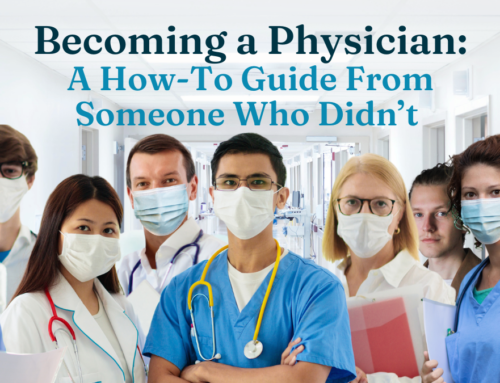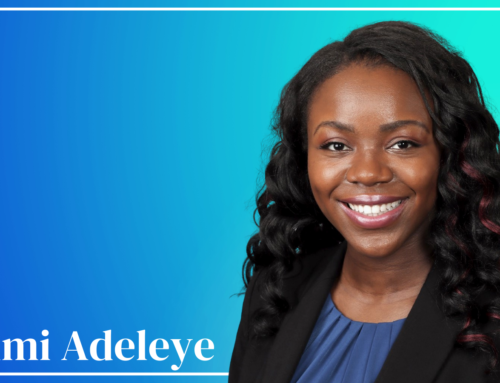Many groups are working hard to improve the quality of life in Maryvale. A new ASU-led initiative seeks to align and boost existing efforts so that the result is far greater than the sum of the parts.

Maryvale symbolized the American dream when it became the state’s first master-planned community in the 1950s. Located a few miles northwest of downtown Phoenix, it offered affordable modern homes and family-friendly neighborhoods.
It’s where valley philanthropists Michael and Cindy Watts grew up. They met while in high school and often compare their idyllic childhood memories to Mayberry FRD, the late 1960s TV show set in a friendly rural town.
“Everybody’s parents knew where the other parents were and where the kids were and whose house they were at,” said Cindy Watts. “And it was really quite a lovely neighborhood.”
The Wattses would like nothing more than to help the current residents of Maryvale to have the kind of opportunities they enjoyed.
After recently selling the business they founded in the 1970s, Sunstate Equipment Co., the Wattses donated $30 million to Arizona State University’s College of Public Service and Community Solutions in downtown Phoenix. Besides providing financial help for first-generation college students, the gift funds several professorships and an ambitious new initiative that harnesses the resources of ASU with those already established in communities.
The Maryvale One Square Mile Initiative is the first project of the college’s new Design Studio for Community Solutions. Its goal is to “empower communities to design solutions” to their various challenges. The Studio will make an array of resources from across ASU available to support community efforts, bringing together multiple disciplines including education, arts and culture, leadership development, youth development, entrepreneurship, public safety, social work, nutrition, recreation, planning, and sustainability.
Work is already underway as Design Studio for Community Solutions director Erik Cole began collaborative conversations with community leaders, existing nonprofit and governmental agencies serving Maryvale this fall.
“It’s important that this effort is driven and accepted by community members,” said Cole. “This is not ASU telling the Maryvale community what needs to be done, but rather the residents identifying priorities to address and ASU working with existing business and community organizations to get things done.”

Maryvale can be a misunderstood community to those who don’t know it. As with most communities, just under the veneer of news stories of crime and challenging statistics, Maryvale is the most populous of the city’s 13 “villages” with over 230,000 residents. If it were a municipality, it would be the 8th largest in Arizona.
Data shows the complexity of an area like Maryvale. It has the second highest percentage of residents living below the poverty line (34%) and lower test scores and education levels than much of Phoenix overall.
Nearly 40% of residents don’t hold a high-school equivalent yet a high proportion of the overall manufacturing and warehouse jobs in Maricopa County are held by Maryvale residents. Many have to travel over 30 minutes a day to get to work as these types of jobs aren’t located in Maryvale. Yet, with the lowest median age of any village in the city of Phoenix – 44% of all residents are under age 24–ensuring economic opportunity for Maryvale’s residents is important to the entire Valley.
Maryvale has many strengths and much opportunity. Local leaders know it has all the elements to be a thriving hub of economic opportunity. From education to youth activities and engagement to family wellness and civic participation, local leaders are seeing success in a number of areas.
Take the Heart of Isaac Community Center. A converted residential house, the small center came about by community members and the Isaac Elementary School District coming together, identifying community needs, and then just not taking “no” for an answer. The center provides needed dental care for students at all schools in the district and partners with local nonprofits such as the Keogh Health Connection and Valle Del Sol to make sure students and their families, whether insured or not, have access to timely medical care and other benefits.
“The Heart of Isaac Community Center is a beautiful, welcoming space for families that helps provide stability to children and families in need,” Cole said. “It’s an example of the residents working with their local school district to make sure every child can reach his or her highest potential.”

¡Viva Maryvale! is another effort to address a community need. Obesity and related chronic illnesses such as diabetes are growing concern for the mostly Latino Maryvale population. Researchers from ASU’s College of Nursing and Health Innovation teamed up with the Maryvale YMCA and local health providers to make family wellness a reality.
Led by ASU professor and Southwest Borderlands Scholar Gabe Shaibi, this partnership will soon release results from its work, which incentivizes families in Maryvale to participate by providing free one-year YMCA passes. Shaibi, and those involved in ¡Viva Maryvale!, attribute their success to community participation and leadership and to rapidly responding and altering approaches based on what works and what doesn’t work.
“The good news is we’re not starting from a blank slate as ASU is involved in Maryvale in many ways,” said Cole. “But those efforts aren’t always connected. We will catalog that work, match it up to the needs expressed by Maryvale residents and identify ways we can do even more.”





